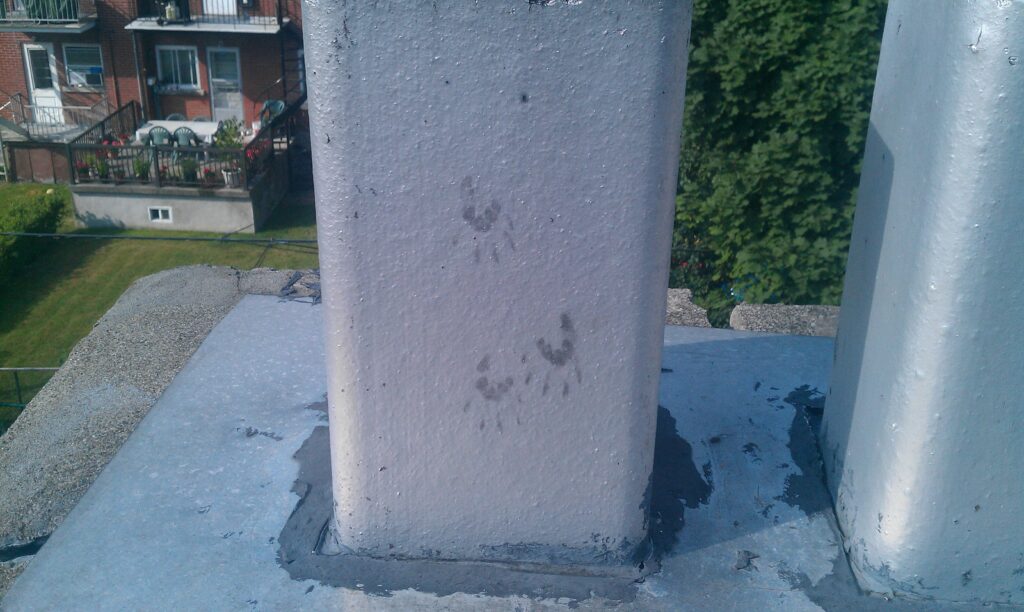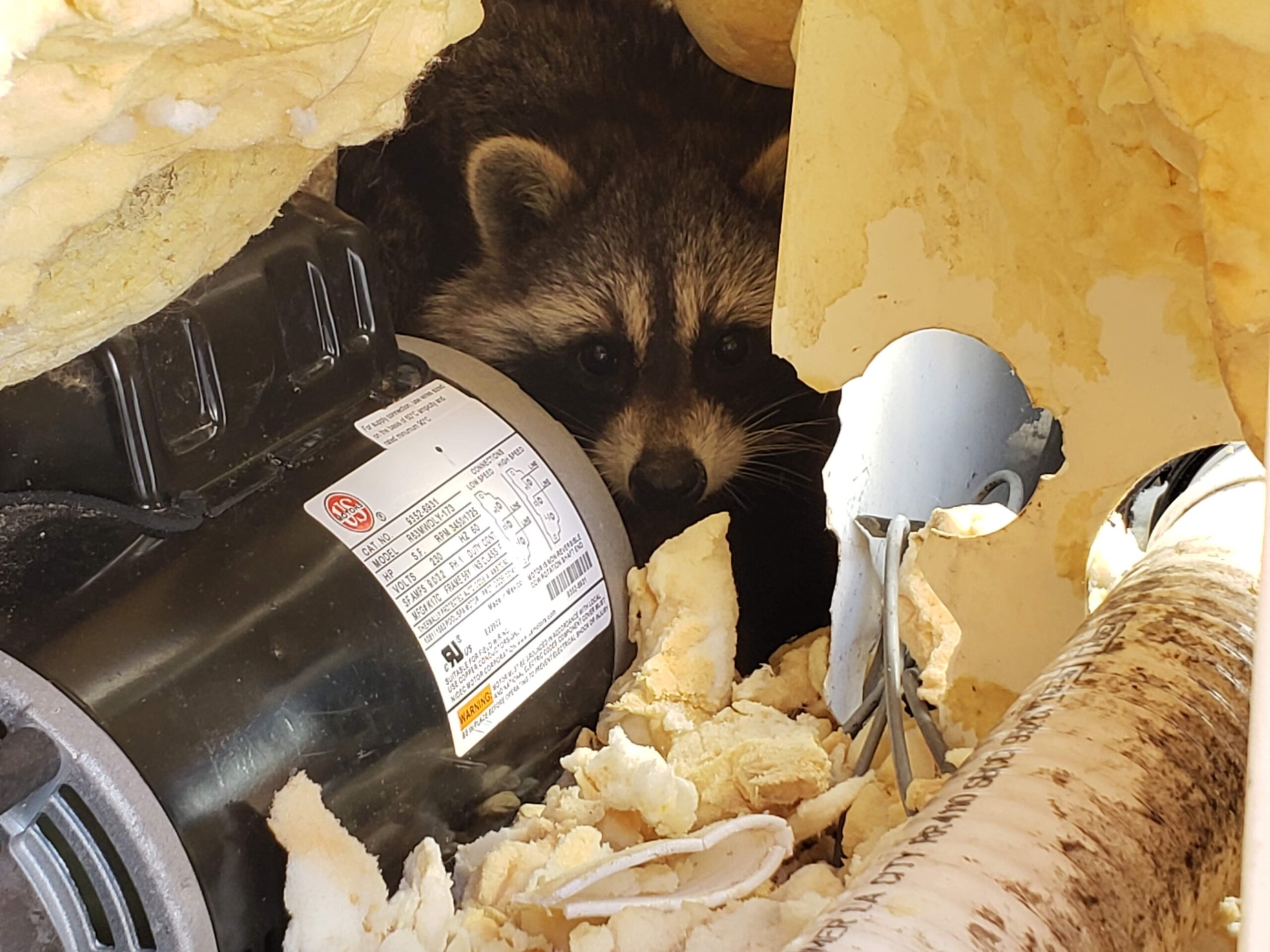How Can You Identify Raccoons?
Raccoons are known for the mask-like markings on their faces as well as their bushy tails. They typically weigh between 13 and 50 pounds and can grow up to about 37 inches in length. When raccoons infiltrate porches, barns, or abandoned buildings, they can threaten the property’s structural integrity and put humans and pets at increased risk of disease. In addition, raccoons use a wide variety of sounds to communicate with each other. While screeching or chirping typically indicates excitement, warnings are declared by using grunts and growls. One of the most effective ways to identify a raccoon is to listen to its noises, as its screeches and growls are signature noises that aren't made by any other pests, such as rats or squirrels. Although raccoons typically live in wooded areas, they've become more adapted to urban life over the past few decades. While they would prefer to create their nests in tree hollows or rock crevices, they can also set up shop in attics and crawl spaces.
How Do You Know You Have an Infestation?
One of the most common signs of a raccoon infestation is the presence of tracks. Their tracks are easy to identify because they look similar to human footprints, but they're typically only four inches or less. To uncover raccoon tracks, be sure to inspect:- Around trees
- Around fence lines
- Areas that contain soft soil
- Around garbage containers
Are Raccoons Dangerous?
Although they may not seem like it, raccoons can be harmful creatures. Not only can they damage crawl spaces and attics by chewing through support structures and walls, but they can also carry a whole host of diseases, including:- Rabies
- Distemper
- Fleas
- Parasites
- Giardia



